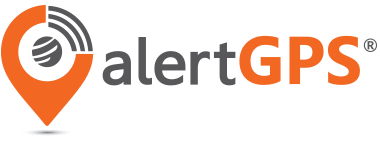A worker is considered “working alone”, when they are the only worker present at a worksite, cannot be seen or heard by another worker, and/or where assistance is not readily available in the event of an injury, threat or illness.
Keep in mind, even when multiple workers are working together, some tasks may require a single worker to separate from the team and work alone. As a result, lone working may be a constituent part of a person’s job or it could occur on an infrequent basis. These individuals may be indoors, outdoors, in remote locations or in vehicles. An incident can happen suddenly due to: illnesson-the-job injuryexposure to chemicals & the elementsphysical violence from intruders, prospective clients, members of the public and animals.
Leveraging Safety Technology
Safe work practices, protective equipment, hazard reduction and proper training have traditionally played a critical role ensuring workers perform their duties confidently, efficiently and safely.
However, when dealing with mobile workers, safety monitoring technology provides a layer of protection that allows employers to promptly detect a situation where help is required and provides emergency response around the clock.
Prevention is only the beginning. A rigorous safety program should also look at risk detection, alerting, notification and incident response.
When time matters, being able to quickly isolate the precise location of a worker and accurately share critical data with emergency response personnel could mean the difference between life and death.
A growing number of smartphone apps are giving users the ability to press a ‘panic button’ during an emergency. While these apps have the right idea—improving instant notification—the execution is insufficient. It is easy to assume that a mobile worker who is experiencing a threat, violence or crisis may instantly launch into the “fight-or-flight” response.
Unfortunately, many workers simply freeze. In that frozen moment, they fumble for their smartphone; they forget the password that unlocks it; they forget their current location; and they may even forget the English language, especially if it’s not their native tongue. Also, due to their size, smartphones and some GPS devices may not be very discreet, and may be visible to an assailant.
More advanced safety wearable technologies overcome these limitations by discreetly allowing workers to quickly and easily issue calls for help to trained response personnel who can take appropriate action. Below you will find considerations for safety devices.
- Establish a safety protocol. Develop written procedures and review these with your workers.
- Use technology. Give your employees a safety device like AlertGPS, which features a One Touch button that allows employees to call out for both SOS and non-emergency calls. It also gives you the capability to issue mass notification alerts directly to the device. Its monitored 24/7 by a trained team, and it locates the precise position of each employee so emergency personnel can reach them when seconds count.
- Rehearse safety drills with your employees so they’ll know what they should do in the event of an emergency. If you use a device like AlertGPS, this drill is simple – they simply need to touch one button, rather than fumble with a cellular phone.

